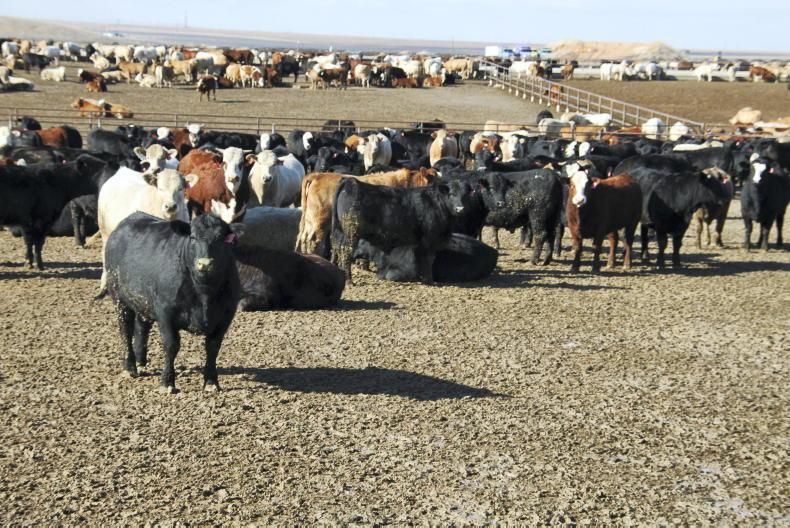The US continues to consolidate its place as the world's second-largest beef exporter behind Brazil and well ahead of Australia in third place.
This week’s export figures released by the United States Department of Agriculture (USDA) and compiled by the US Meat Exporters Federation (USMEF) show beef exports in February at 108,501t product weight (PW), 5% higher than for the same month in 2021, with value up 35% at $904m (€829m).
When combined with January, US beef exports for the first two months of 2021 are running 9% ahead of 2021 at 227,567t PW.
This growth builds on a record performance in 2021, when the volume of US beef exported reached a record 1.44m tonnes PW.
Destinations
Demand from the top US beef export market, South Korea, cooled in February, with the volume down 19% compared with last year at 19,033t PW.
The exceptionally high volume exported in January perhaps explains this reduction and, overall, January and February volumes are 8% up on the first two months of 2021.
Exports to Japan were also slightly lower in February at 23,533t PW, 5% lower than in February last year, and when combined with January, the volume is 1% down at 46,489t pw.
Chinese rise
The most spectacular change in US beef exports for the first two months of 2022 compared with last year is in exports to China.
For January and February 2022, the volume exported to China was up a massive 56% compared with last year at 39,492t PW.
This is lower than the averages in the final months of 2021, but is expected to increase as the year progresses and China recovers from the current COVID-19 wave.
US beef exporters are able to grow their volumes due to growing cattle supply in the US, driven by increased cow cull in several states due to drought.
They are also meeting a willing market, as Australian beef exports were not forecast to increase until the second half of 2022 and they were further disrupted in the first quarter of the year by storms disrupting factory production.
With Chinese demand for beef imports continuing to grow, the small dip in demand from Japan and South Korea is more than offset, while Brazilian beef has become much more expensive relatively in Asian markets with the appreciation in the value of its currency the real.
Benefit for Irish farmers
While Irish farmers and exporters rightly bemoan the continued exclusion from supplying China, there is an indirect benefit from Asian markets being strong enough to absorb US and South American exports in such volumes.
It means that there is less interest in supplying EU markets, which are no longer at a dramatically higher value for all cuts of beef as had been the case in the past.
With the European market currently very strong, it means more opportunity for Irish beef in the absence of US and South American competition.






 This is a subscriber-only article
This is a subscriber-only article










SHARING OPTIONS: